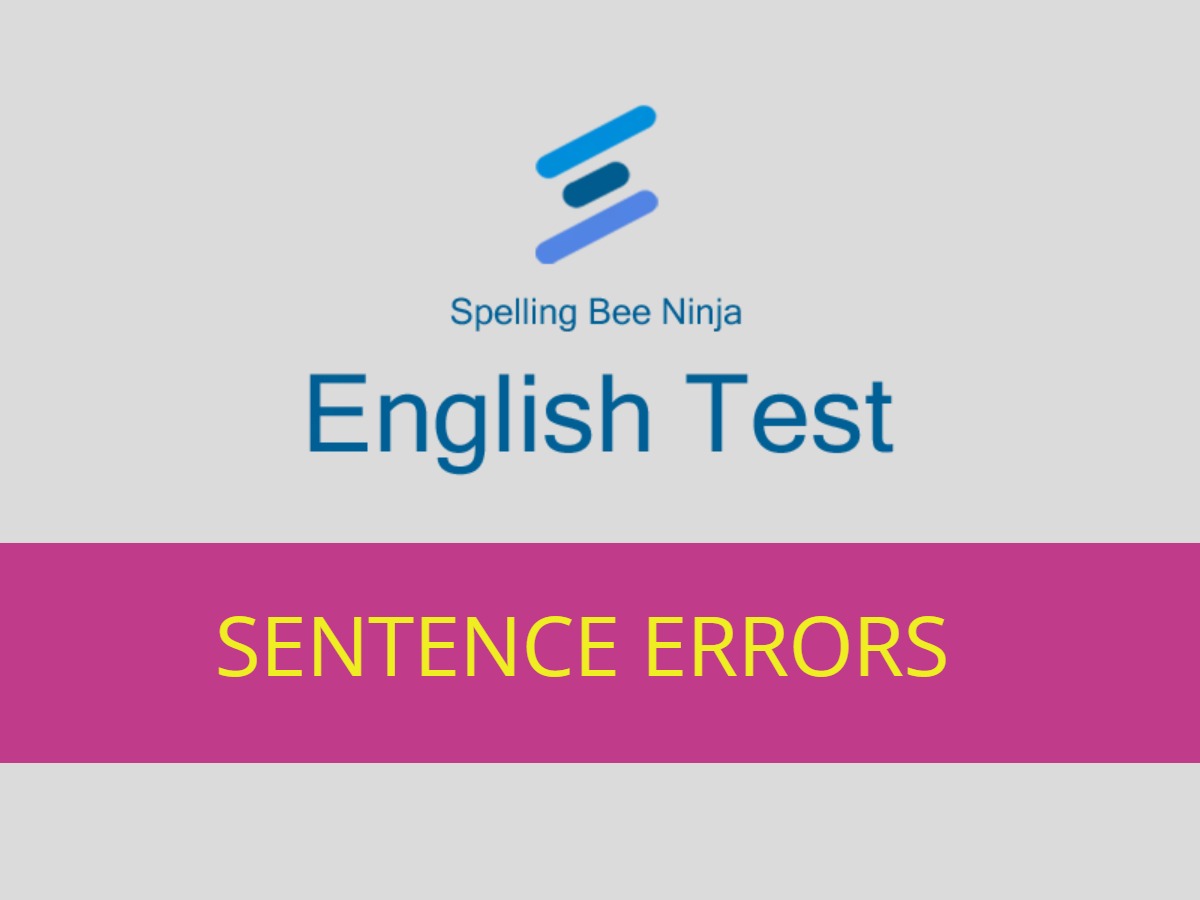Quiz Introduction
One of the biggest hurdles in mastering written English—especially for students, second language learners, and even native speakers—is identifying and correcting common sentence errors. These errors can affect clarity, cause confusion, or unintentionally change the meaning of a sentence. The most frequent offenders are sentence fragments, runon sentences, and misplaced modifiers.
A sentence fragment is an incomplete thought masquerading as a full sentence. It might be missing a subject, a verb, or both. For example, “Because she was tired.” This leaves the reader hanging—because what happened because she was tired? In formal writing, fragments should be avoided unless used deliberately for stylistic effect, such as in creative writing or advertising.
Runon sentences, on the other hand, occur when two or more independent clauses (complete thoughts) are joined together improperly. For instance, “He loves playing guitar he practices every day” is a runon because there’s no punctuation or coordinating conjunction to separate the two thoughts. These make writing feel rushed or chaotic, and they often confuse readers.
Then there are misplaced modifiers, which are tricky because they involve parts of a sentence being out of logical order. A modifier is a word or phrase that adds detail to a sentence, but if it’s in the wrong place, it can make the sentence funny—or just confusing. For example, “Covered in mustard, Jane ate the hotdog.” It sounds like Jane was covered in mustard rather than the hotdog.
While these sentence issues can be subtle, learning to identify and fix them is essential for developing strong, effective writing skills. Mastery of sentence structure not only improves grammar but also enhances a writer’s ability to communicate clearly and professionally.
This quiz is designed to test your understanding of these common sentence errors. Each question will challenge you to spot the mistake and select the most accurate revision or explanation. Review the concepts carefully, read each option thoroughly, and use what you’ve learned to make the best choice.
- 🎓 English Test – Parts of Speech
- 🎓 English Test – The Future Perfect Continuous Tense in English
- 🎓 English Test – Pronouns in English
- 🎓 English Test – Sentence Structure
- 🎓 English Test – Future Perfect Tense
- 🎓 English Test – Future Continuous Tense
- 🎓 English Test – Future Simple Tense
- 🎓 English Test – Past Perfect Continuous Tense
- 🎓 English Test – Past Perfect Tense
- 🎓 English Test – Past Continuous Tense
- 🎓 English Test – Present Simple Tense
- 🎓 English Test – Past Simple Tense
- 🎓 English Test – Present Perfect Continuous Tense
- 🎓 English Test – Present Perfect Tense
- 🎓 English Test – Present Continuous Tense
- 🎓 English Test – The 12 Tenses in the English Language
- 🎓 English Test – Modal Verbs
- 🎓 English Test – Could, should and ought
- 🎓 English Test – Will vs Shall
- 🎓 English Test – What vs Which
- 🎓 English Test – Suffixes
- 🎓 English Test – Prefixes
- 🎓 English Test – Pronunciation
- 🎓 English Test – Misspelled Words
- 🎓 English Test – Writing an Essay
- 🎓 English Test – Writing an Email
- 🎓 English Test – Idiomatic Expressions
- 🎓 English Test – Business English
- 🎓 English Test – Writing a Letter
- 🎓 English Test – Writing Numbers
- 🎓 English Test – Adjectives
- 🎓 English Test – Mastering Imperatives in English
- 🎓 English Test – Cultural Awareness
- 🎓 English Test – Homophones
- 🎓 English Test – Difficult Words
- 🎓 English Test – Conditionals
- 🎓 English Test – Types of Phrases
- 🎓 English Test – Comparative and Superlative Adjectives
- 🎓 English Test – Types of Adverbs
- 🎓 English Test – Formal vs. Informal Language
- 🎓 English Test – Direct and Indirect Speech
- 🎓 English Test – Understanding Common Sentence Errors
- 🎓 English Test – Question Formation in English
- 🎓 English Test – Gerunds and Infinitives
- 🎓 English Test – Clauses
- 🎓 English Test – Possessives
- 🎓 English Test – Noun Types
- 🎓 English Test – Conjunction Words
- 🎓 English Test – Tricky Words
- 🎓 English Test – Prepositions
- 🎓 English Test – Adverbs
- 🎓 English Test – Active and Passive Voice
- 🎓 English Test – How to use Punctuation
- 🎓 English Test – An overview of English tenses
- 🎓 English Test – How to use Articles in English


